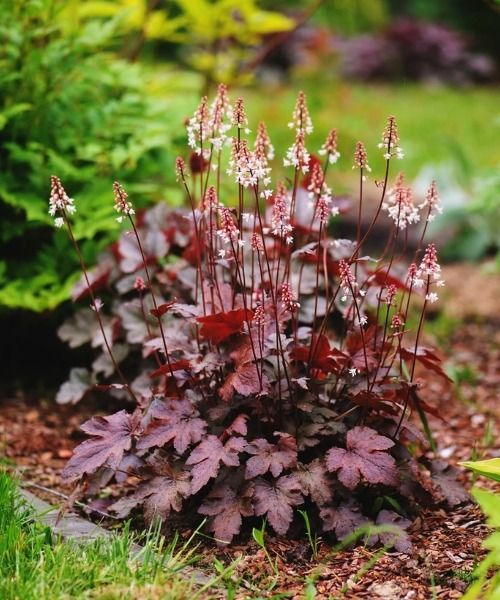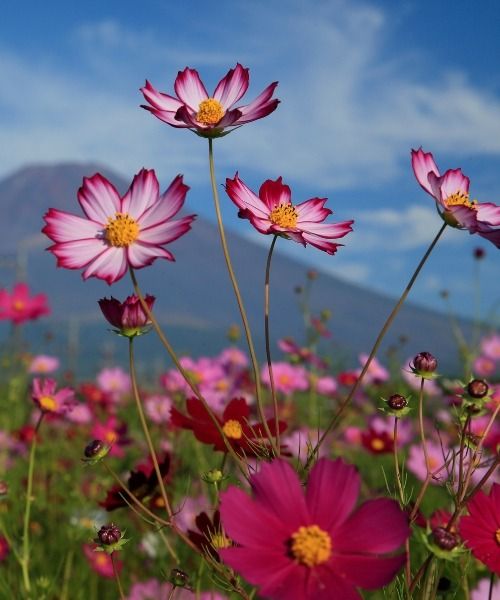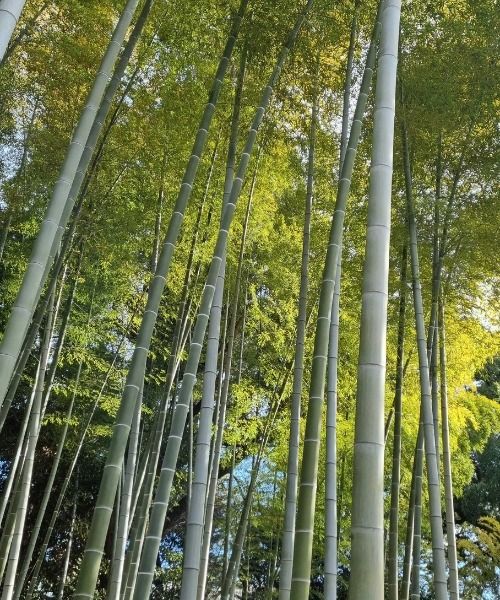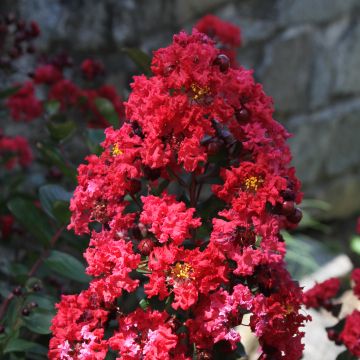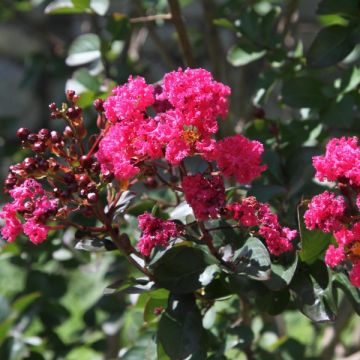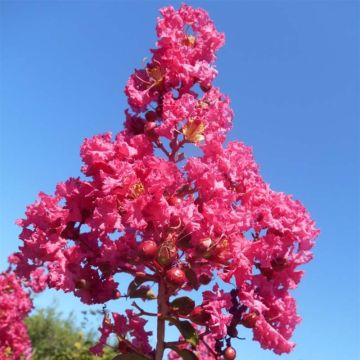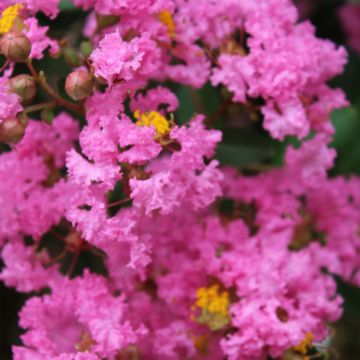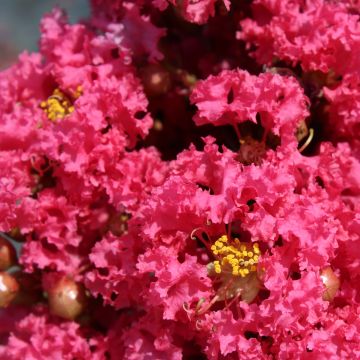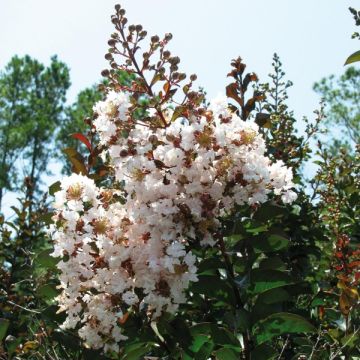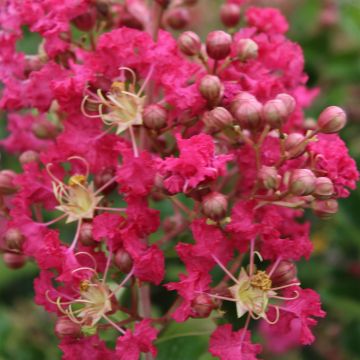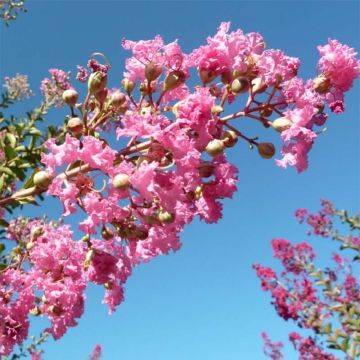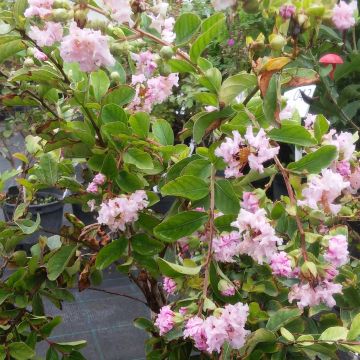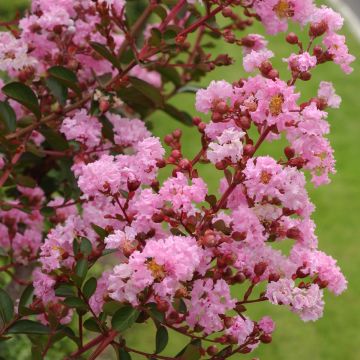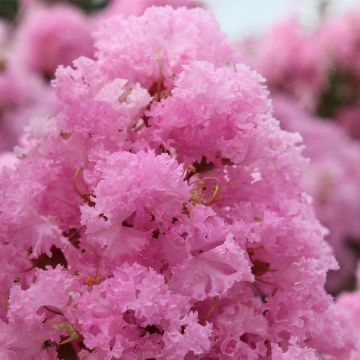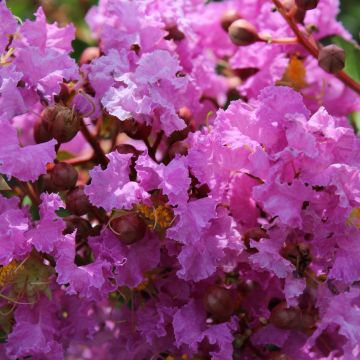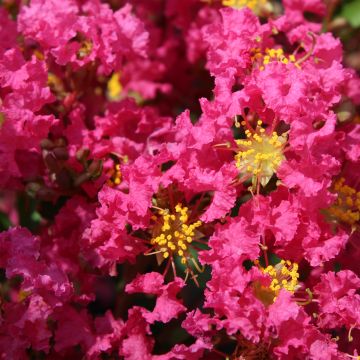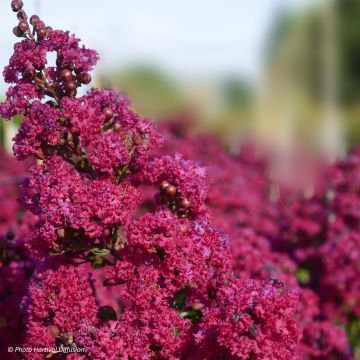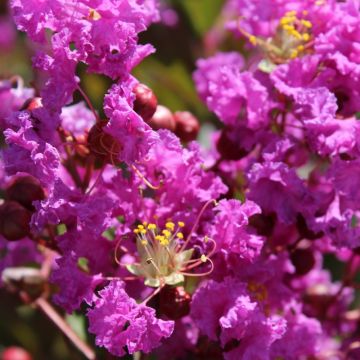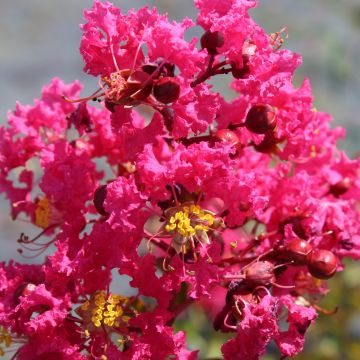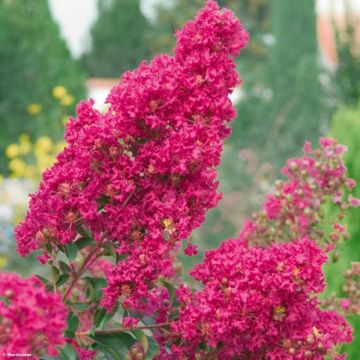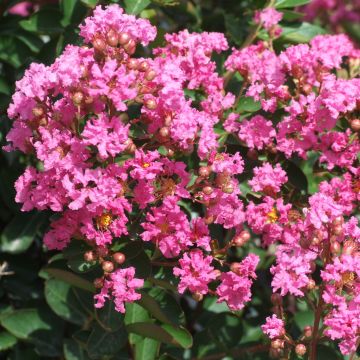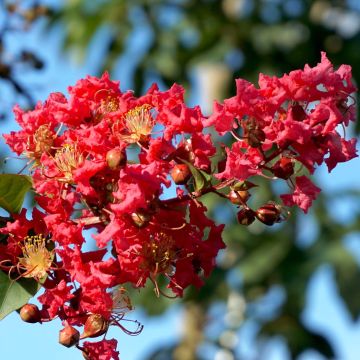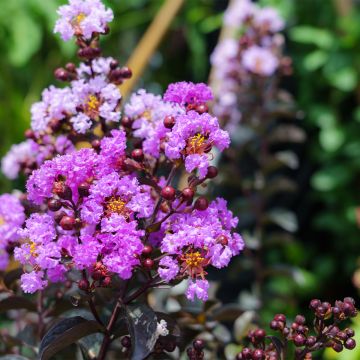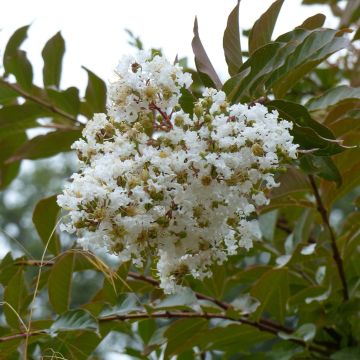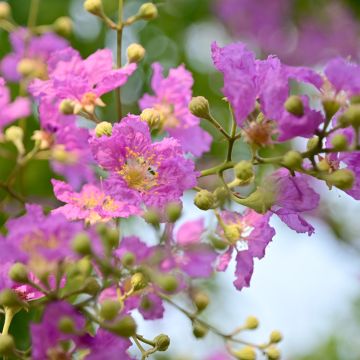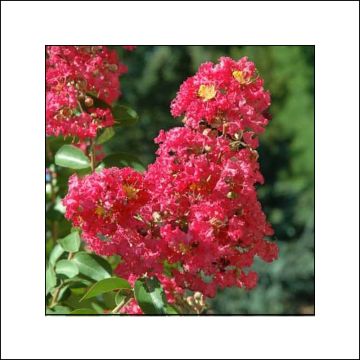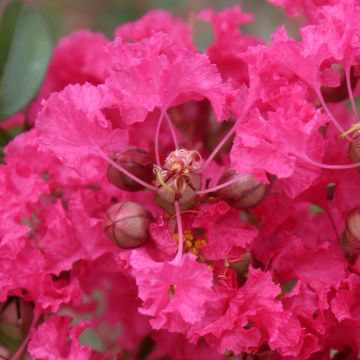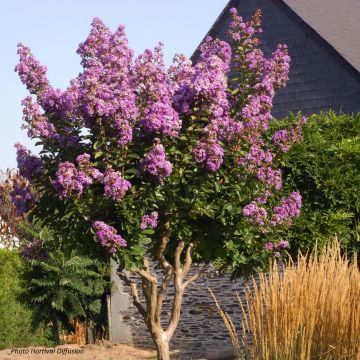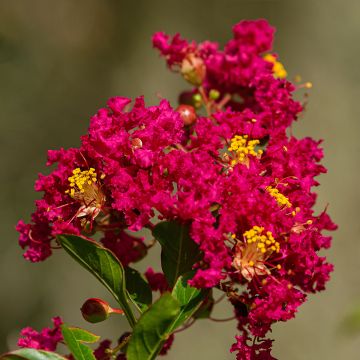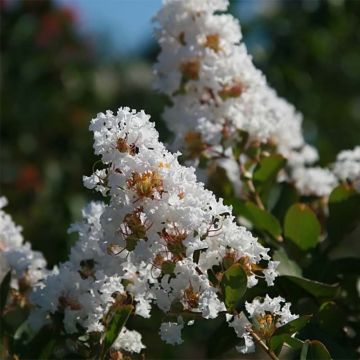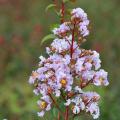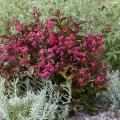Ornamental trunk Crape Myrtle
Does this plant fit my garden? Set up your Plantfit profile →
Available in 3 sizes
Available in 2 sizes
Available in 1 sizes
Available in 2 sizes
Available in 1 sizes
Available in 1 sizes
Available in 1 sizes
Available in 1 sizes
Available in 1 sizes
Available in 1 sizes
Available in 1 sizes
Available in 1 sizes
Available in 1 sizes
Available in 1 sizes
Available in 1 sizes
Available in 1 sizes
Available in 1 sizes
Available in 1 sizes
Available in 1 sizes
Available in 1 sizes
Available in 1 sizes
Available in 1 sizes
Available in 1 sizes
Available in 2 sizes
Available in 1 sizes
Available in 1 sizes
Available in 1 sizes
Available in 1 sizes
Available in 1 sizes
Available in 1 sizes
Available in 1 sizes
Available in 1 sizes
Available in 1 sizes
Available in 1 sizes
Available in 1 sizes
Available in 1 sizes
The Indian lilac, in Latin Lagerstroemia, is known for its abundant summer flowering in vibrant colours, its autumn colours, but also for its decorative bark, which is best appreciated when grown as a standard or when its trunk is well cleared and visible. Often twisted, the trunk of mature plants is covered with bark that peels off in small irregular plates, marbled with different soft shades including iris yellow, cinnamon, Indian pink, old pink, chocolate, faded red, almond green, mouse grey, or cream. The varieties of summer lilac of large size are most easily grown as single-trunk trees with a good diameter or multiple bare trunks supporting the crown. Among the cultivars with the most decorative bark, we can mention Lagerstrœmia Jacqueline Desmartis®, a pink variety with grey and orange-brown bark, 'Bergerac' with long light magenta-red flowering on a marbled trunk, Lagerstroemia indica 'Violacea' with reddish tones in its bark, or 'Red Rocket' with grey bark speckled with orange-brown. It is at the end of the flowering period that the old bark of the Lagerstroemia flakes off to reveal the beauty of the new one. The foliage, which disappears in late autumn, highlights the interesting architecture of this bush.
Haven't found what you were looking for?

































